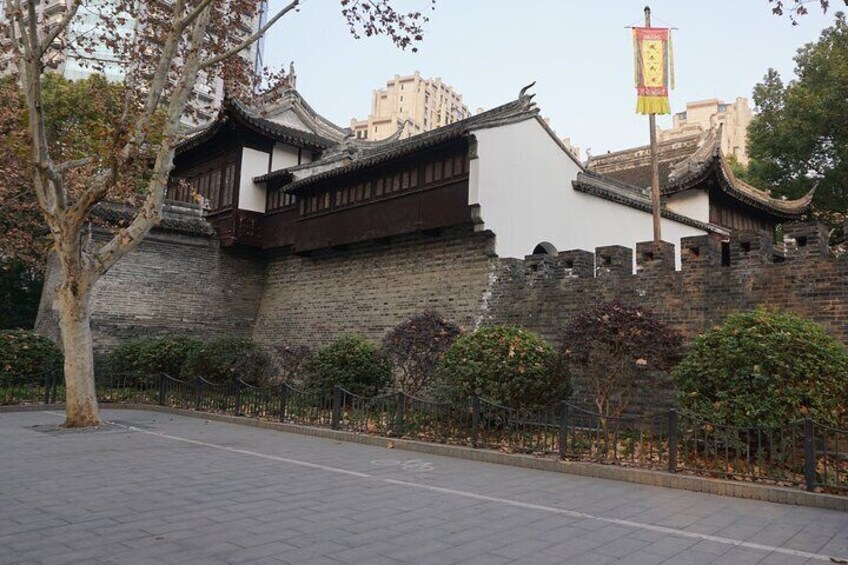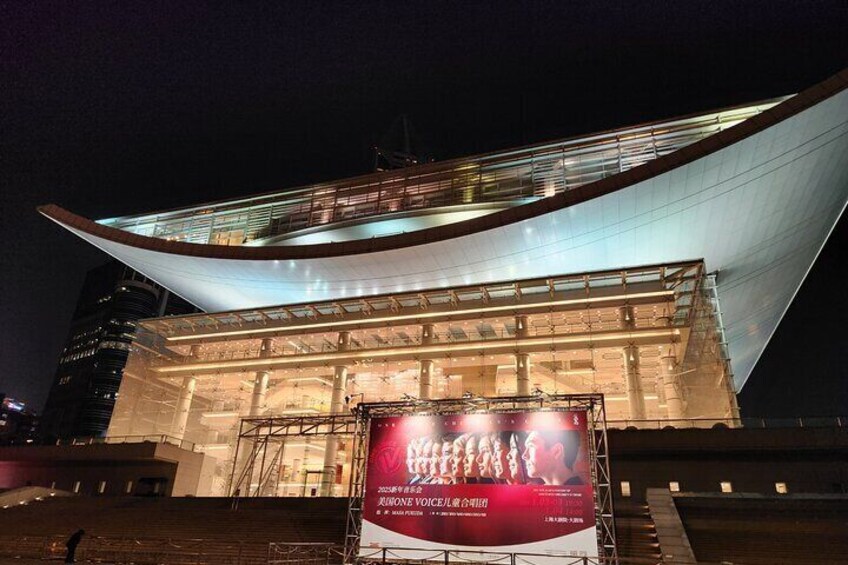




Urban Shanghai Chronicle Day Tour
Features
- Free cancellation available
- 12h
- Mobile voucher
- Instant confirmation
Overview
This is the most compact one-day tour product of Shanghai so far. That is to say, among all the one-day tour products, it enables you to visit the most scenic spots within one day. The itinerary doesn't artificially highlight the contrasts among different areas of Shanghai. Instead, it strings together a large number of historical spots along the timeline and presents them to you. This product requires tourists to have certain physical strength, be nimble on their feet, and must keep up with the pace of the tour guide. It's a high-capacity route that attaches great importance to team cooperation.
Important Notice:
Essentially, it's an urban - traversal hiking route. Tourists mostly walk with the guide. For certain sections, they use transport like bikes, subways, buses, and taxis. The guide will pay these costs in advance and collect the actual amount from tourists after the trip concludes.
Activity location
- Yuyuan Old Street
- Houjia Road, Fangbang Middle Road, Huangpu District
- 200001, Shanghai, Shanghai Region, China
Meeting/Redemption Point
- Dajing Ge Pavilion
- 269 Da Jing Lu
- 200010, Huang Pu Qu, Shang Hai Shi, China
Check availability
Urban Shanghai Chronicle Day Tour
- 12h
- English
What's included, what's not
- Bottled water
- Gratuities
Know before you book
- Public transportation options are available nearby
- Not recommended for pregnant travelers
- Not recommended for travelers with poor cardiovascular health
- Travelers should have at least a moderate level of physical fitness
Activity itinerary
Shanghai Ancient City Wall (Pass by)
Yuyuan Old Street
- 30m
- Admission ticket not included
Shanghai Temple Of the Town God (Chenghung Miao)
- 30m
- Admission ticket included
Bund22 (Pass by)
Shanghai Municipal Archives (Pass by)
洋泾浜圣若瑟堂 (Pass by)
上海市公安局黄浦分局 (Pass by)
Xintiandi (Pass by)
Birthplace of Chinese Communist Party
- 20m
- Admission ticket included
Shanghai History Museum
- 20m
- Admission ticket included
Hotel Park Hotel Shanghai (Pass by)
Renji Hospital (Pass by)
上海市府大厦门特诊部 (Pass by)
Holy Trinity Church, Shanghai (Pass by)
Waitanyuan (Pass by)
Former Rowing Club (Pass by)
Union Church (Pass by)
Shanghai General Postal Office (Pass by)
Hebin Building (Pass by)
Japan Haijun Tebie Luzhan Dui Silingbu Former Site (Pass by)
Hongde Temple (Pass by)
旧上海特别市政府大楼 (Pass by)
Shanghai Yangpu District Library
- 15m
- Admission ticket included
Jiangwan Stadium (Pass by)
East China University of Political Science and Law
- 30m
- Admission ticket included
Caoyangxincun Residential District (Pass by)
Sino-Soviet Friendship Mansion Site
- 15m
- Admission ticket included
People's Square (Renmin Guang Chang) (Pass by)
Nanjing Lu (Nanjing Road) (Pass by)
The Bund (Pass by)
Location
Activity location
- Yuyuan Old Street
- Houjia Road, Fangbang Middle Road, Huangpu District
- 200001, Shanghai, Shanghai Region, China
Meeting/Redemption Point
- Dajing Ge Pavilion
- 269 Da Jing Lu
- 200010, Huang Pu Qu, Shang Hai Shi, China